The tires of our cars harness the power of the engine, decide how successfully our car will move around the corner, whether the car is pulling into the parking stall or trying to scream into high-speed sweeper and allow brakes to perform.
Yes, our car tires carry a huge amount of burden. It is then mounted on wheel and inflated with air for giving its shape and definition. Manufacturers behind our vehicle, tires as well as wheels worked in tandem to carefully engineer a right combination of grip, noise control, ride quality, road feel and tire wear.
Our goal is to improve its performance, right? Well, tires and wheels from aftermarket can surely help if we choose wisely. Also, our experience has already proved that modesty will be the best policy so far as wheels and tires are concerned, bigger is not better always.
There is sizing sweet spot which provides much better grip and also those head-turning looks as well, without compromising our vehicle’s original engineering. Therefore, let us get few basics down before we upgrade to a something new.
Of men and wheels
If we look at history, the first wheels probably were made of wood. Increased weight and power soon outstripped capabilities of wood and wheels were then upgraded to steel. Lightweight steel-spoked wheels continued until the ’50s.
The weight of steel led racers to explore magnesium, which is strong like aluminum, yet lighter. However, magnesium corrodes very quickly unless it is regularly polished or painted.
Also, magnesium could easily catch fire in accident. So, most magnesium wheels today are in fact an aluminum alloy which are always painted. Some people in California preferred chrome-plating on that aluminum, which increased sales of sunglasses.
Beyond aluminum, now there are carbon-fiber wheels. However, you may not want to know about their cost and hence most F100 wheels upgrades will involve aluminum.
How big?
You can increase the size in two ways either make the tire longer or wider. To make it longer overall diameter of tire gets increased and on most of the passenger cars you have problems.
- The tire will hit the stuff
- As the radius of tire is larger, so the effective gearing will get taller, slows down the engine and robs acceleration.
- As with increased angular momentum, the weight gets concentrated near the rim and the ABS calibration will go wacky.
So, in street cars, we prefer wider tire.
Just imagine replacing your stock wheels on Honda Civic with larger ones. Lots of money you need to spend and also effort of retuning the chassis for taking advantage of extra rubber.
The extra mass that is concentrated in your rim and tire may need lots of power for accelerating. Therefore, the Civic will be slower in off the line as well as slower in corners.
Our advice is therefore just buying any proven wheel-and-tire combo which is specifically designed for the vehicle. Check at various places for plenty of options, or visit to a shop which specializes in the kind of ride that you prefer.
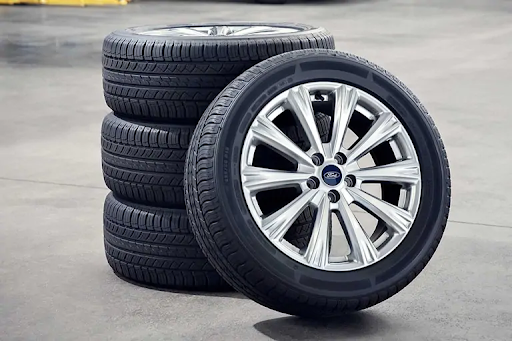

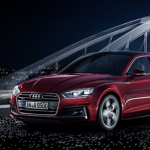










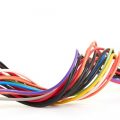








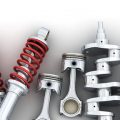
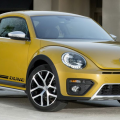

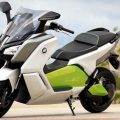



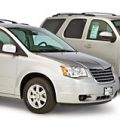


No Comments
Leave a comment Cancel